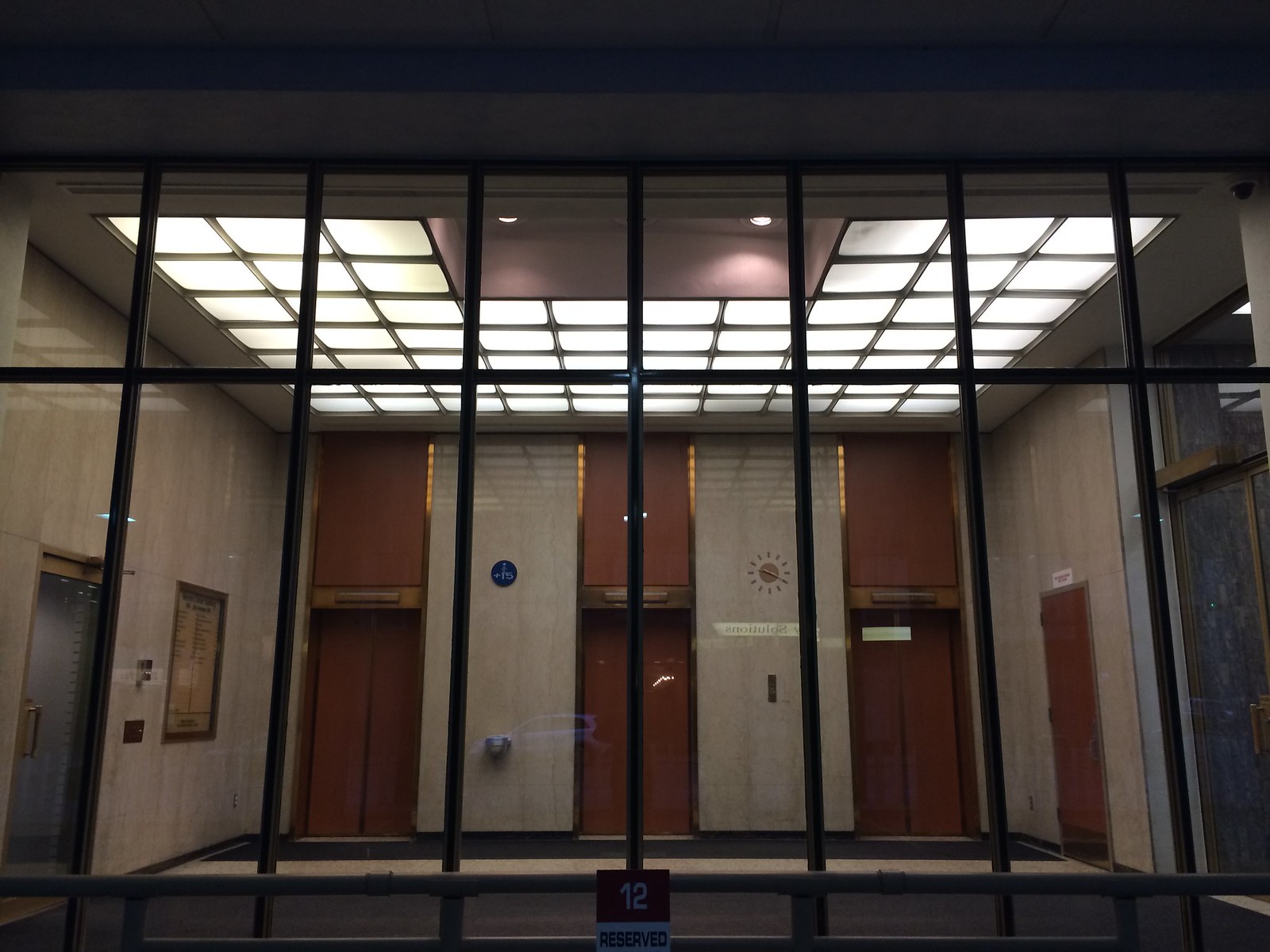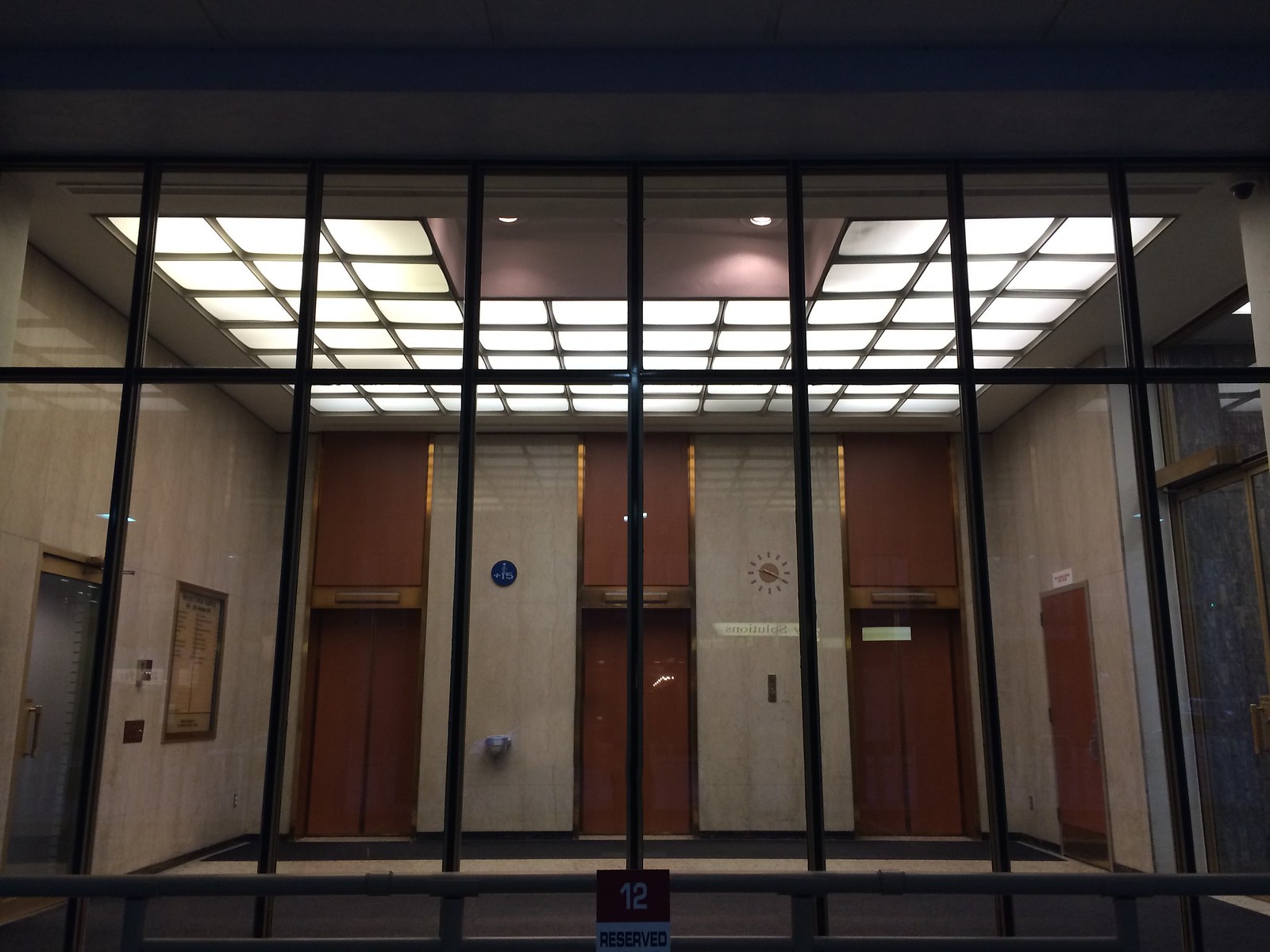For two years in a row now, Apple has spent the first five months of the calendar year hunkered down, working their collective ass off to release new stuff to the world in the second half of the year. Apple’s product year, then, really begins in June, with WWDC. So, what’s in store for WWDC 2014? Well, I’m not Mark Gurman, and I don’t have any insider info aside from what’s been published on the rumour blogs so far. But, as usual, I figured I’d take a stab at guessing what might be released (of course, informed by Gurman), and will score myself after the keynote.
Hardware
Get your wallets ready, everyone: new hardware is almost guaranteed. I wouldn’t be surprised to see updates to the Retina MacBook Pro and iMac lineups. Perhaps a Mac Mini update is also in store — it’s certainly due for one.
I’m less certain of the introduction of a MacBook Air with a Retina display. Aside from the fact that the Air was recently updated, I’m not sure the scales have swung in favour of performance-per-watt yet. Soon, I imagine, but I think WWDC 2014 is too soon. I also think that, because the Air is Apple’s consumer notebook, a revised version may launch alongside OS X 10.10 in the autumn — at least, based on what I think is the focus of OS X (keep reading).
I’m quite certain that category-defining products — like, for instance, a hypothetical wearable Apple product — are also not scheduled for a WWDC launch. And, of course, this is not the venue for a new line of iPhones or iPads — that comes later.
Something that smells somewhat likely (and expensive) is a new Thunderbolt Display. Or, perhaps, a pair of Thunderbolt Displays: one with the existing 2,560 × 1,440-pixel panel, but in something like the new iMac’s thinner enclosure design, and with a laminated display; the other with a 5,120 × 2,880-pixel Retina display, possibly in a similar enclosure and utilizing Thunderbolt 2. It’s been almost exactly ten years since the 30″ Cinema Display launch; think of this as the 2014 version of that: limited compatibility, eye-wateringly expensive, and totally lustworthy. I am hopeful.
Mac OS X 10.10
“Oh ess ten, ten point ten.” It’s a little hard to believe that just four years from now will mark OS X being around for longer than all “classic” Mac OS releases. In that time, its UI has evolved only subtly, year to year, but the compounding effect of these changes has been dramatic. Compare early Aqua to 2013 Aqua.
But, if the rumours are to be believed, OS X is about to receive a major overhaul. According to Mark Gurman of 9to5Mac, OS X 10.10 will be the star of the conference, with changes such as…
… similar toggle designs to iOS 7, sharper window corners, more defined icons across the system, and more white space than the current version.
Meanwhile, Craig Hockenberry is convinced that the system UI font will be changed to Helvetica Neue from the current Lucida Grande. In fact, the Iconfactory is, in general, trying to get ahead of the curve on 10.10.
I don’t know what the product of all of these rumours will be. I think the Iconfactory is being a little presumptuous, and I sincerely doubt the likelihood of anything too similar to the mockups and redesigns kicking around the internet. I’m also hesitant to suggest that iTunes 11 is representative of the visual design direction in which Apple is headed — previous guesses to that effect have been very wrong, largely because iTunes is a very specific kind of app. My guess is that the closest approximation of OS X’s future aesthetic is the Calendar day view: varying weights of Helvetica Neue, varying shades of grey to define heirarchy, and plenty of whitespace. Perhaps mix that with the brighter palette of iOS 7 and I think that’s nudging in the right direction.
In any case, I expect OS X 10.10 to be Apple’s forward-looking OS. OS X so far has been held to the design requirements of years past. It still uses Lucida Grande because it’s more readable on lower-resolution displays. There are plenty of muted colours for accents, because older displays haven’t necessarily been entirely colour-accurate, so richer colours would not look right. Remember: the foundation of OS X’s UI was laid way back in 2000. The hardware of 2014 — high-DPI, (largely) colour-accurate displays, and significantly-higher laptop market share — may heavily influence OS X. That’s also why I think updated MacBook Airs may launch alongside OS X in the autumn — they’re Apple’s consumer notebook, and they might be the perfect way to showcase the way both the software and hardware complement one another.
I wouldn’t be surprised if Siri were to make its way into OS X. Perhaps pressing and holding the Fn keyboard button would bring it up as a panel centre-screen, or something.
I hope for an update to AirDrop, so files could be instantly sent between a Mac and iOS device. I’m entirely unfamiliar with the tech requirements for this, but I’m spitballing here.
I don’t really know what else could be coming to OS X. I’m excited.
iOS 8
After the radical overhaul of iOS 7, you can bet that the iOS 8 update will be seen as comparatively minor, almost entirely regardless of its contents. True, it’s almost certainly not going to see that much in the way of UI changes; likely just little tweaks here and there, and, with any luck, the Game Centre icon will be replaced (or, potentially, removed altogether).
Here’s what Gurman says is in the works:
Over the past few months, I have reported that Apple is working on several different projects for consideration in iOS 8. The list includes a Healthbook application for aggregating various health statistics from App Store apps and third-party medical/fitness devices, an updated Maps app with public transit directions support, a standalone iTunes Radio application to boost usage, VoLTE calling support, TextEdit and Preview apps, and various enhancements across the system.
All intriguing stuff.
The Healthbook fitness-tracking app strikes me as a tentpole feature. The way Gurman has reported it (“[aggregates] various health statistics from App Store apps and third-party medical/fitness devices”) makes it sound like Passbook for health information. The way one adds a gift card or ticket to Passbook may be similar to the way a jog or ride appears on a card.
But, even if you’re a health and fitness nut, you probably don’t use that many different fitness apps. I certainly do not fit into that camp, but Strava goes hand-in-hand with my cycling. Perhaps you use a running app alongside a meal planner or calorie counter. But something about these rumours still feels missing to me.
This is an app that I bet will work best with additional hardware. Perhaps there will be a licensing scheme, like Made for iPhone, for third parties to create hardware products that will work with Healthbook. Perhaps Apple is working on their own hardware.
I think both of these situations are likely, but I also don’t think any wearable Apple hardware will be introduced at WWDC. It doesn’t make sense to me that the contemporary Apple would use a developer conference to introduce such a highly consumer-oriented hardware product.1 Likewise, I not sure Healthbook would be introduced without the hardware, even if parts of the app don’t necessarily require additional hardware. Therefore, I think it’s plausible that Healthbook and related aspects will be a component of the iPhone 6 launch.
One of the standout features from Gurman’s excellent reporting is the rumoured improvement of inter-app communication. This is something that’s long been an iOS sticking point, and I certainly hope it comes to fruition. One of the big challenges with this is the user interface — the way Android handles it shows just how truly difficult this is. Along similar lines, I hope for a way to set default apps. I use Weather Line instead of the default Weather app, and whenever I tap on the forecast in Notification Centre, I’d love for my chosen weather app to be opened.2
One feature I’ve long hoped for is something like Notification Centre’s “Today” view appearing automatically in the morning on the lock screen. I haven’t seen any rumours that something like this is coming, but I’d love it if it were.
As rarely as I use Siri, it would be so great to see an official API for third-party developers. Likewise, it’s so easy to buy stuff on iTunes and the App Store with TouchID that an API for that, too, would be rad.
As for the rumour that broke as I was writing this — “Apple Planning iOS-Controlled Smart Home Automation Platform for WWDC Unveiling” — I don’t know what to make of it. On the one hand, it would be really cool to walk into a room and have lights automatically turn on because your iPhone is in your pocket. On the other hand, it’s kind of specific and peculiar.
Whatever the accuracy of the rumours, I’m very much looking forward to WWDC this year. Maybe Dr. Dre is, too.



